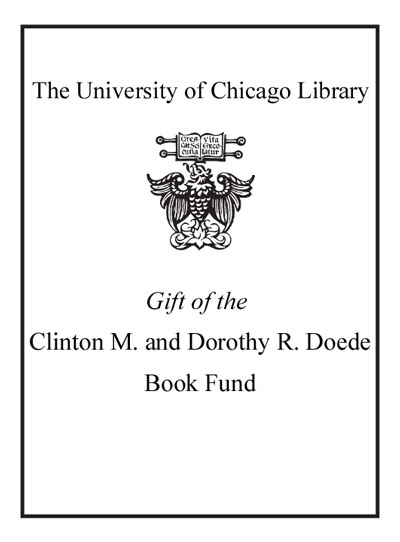The metal-rich universe /
Saved in:
| Imprint: | Cambridge : Cambridge University Press, 2008. |
|---|---|
| Description: | xviii, 470 p. : ill. ; 26 cm. |
| Language: | English |
| Series: | Cambridge contemporary astrophysics Cambridge contemporary astrophysics. |
| Subject: | |
| Format: | Print Book |
| URL for this record: | http://pi.lib.uchicago.edu/1001/cat/bib/7307073 |
Table of Contents:
- List of contributors
- Preface
- Part I. Abundances in the Galaxy: field stars
- 1. Metal-rich stars and stellar populations: a brief history and new results
- 2. The metal-rich nature of stars with planets
- 3. Solar chemical peculiarities?
- 4. Kinematics of metal-rich stars with and without planets
- 5. Elemental abundance trends in the metal-rich thin and thick disks
- 6. Metal-rich massive stars: how metal-rich are they?
- 7. Hercules-stream stars and the metal-rich thick disk
- 8. An abundance survey of the Galactic thick disk
- Part II. Abundances in the Galaxy: Galactic stars in clusters, bulges and the centre
- 9. Galactic open clusters with supersolar metallicities
- 10. Old and very-metal-rich open clusters in the BOCCE project
- 11. Massive-star versus nebular abundances in the Orion nebula
- 12. Abundance surveys of metal-rich bulge stars
- 13. Metal abundances in the Galactic Center
- 14. Light elements in the Galactic bulge
- 15. Metallicity and ages of selected G-K giants
- Part III. Observations - abundances in extragalactic contexts
- 16. Stellar abundances of early-type galaxies
- 17. Measuring chemical abundances in extragalactic metal-rich H II regions
- 18. On the maximum oxygen abundance in metal-rich spiral galaxies
- 19. Starbursts and their contribution to metal enrichment
- 20. High metallicities at high redshifts
- 21. Evolution of dust and elemental abundances in quasar DLAs and GRB afterglows as a function of cosmic time
- 22. Dust, metals and diffuse interstellar bands in damped Lyman-alpha systems
- 23. Tracing metallicities in the Universe with the James Webb Space Telescope
- Part IV. Stellar populations and mass functions
- 24. The stellar initial mass function of metal-rich populations
- 25. Initial-mass-function effects on the metallicity and colour evolution of disc galaxies
- 26. The metallicity of circumnuclear star-forming regions
- 27. The stellar population of bulges
- 28. The metallicity distribution of the stars in elliptical galaxies
- 29. Wolf-Rayet populations at high metallicity
- 30. The stellar populations of metal-rich starburst galaxies: the frequency of Wolf-Rayet stars
- Part V. Physical processes at high metallicity
- 31. Stellar winds from Solar-metallicity and metal-rich massive stars
- 32. On the determination of stellar parameters and abundances of metal-rich stars
- 33. Are WNL stars tracers of high metallicity?
- 34. The observable metal-enrichment of radiation-driven-pluswind-blown H II regions in the Wolf-Rayet stage
- 35. Metal-rich A-type supergiants in M31
- Part VI. Formation and evolution of metal-rich stars and stellar yields
- 36. Massive-star evolution at high metallicity
- 37. Supernovae in Galactic evolution: direct and indirect metallicity effects
- 38. Progenitor evolution of Type-I supernovae: evolution and implications for yields
- 39. Star formation in the metal-rich Universe
- 40. Metallicity of Solar-type main-sequence stars: seismic tests
- 41. Chemical-abundance gradients in early-type galaxies
- 42. Oxygen-rich droplets and the enrichment of the interstellar medium
- Part VII. Chemical and photometric evolution beyond Solar metallicity
- 43. Models of the Solar vicinity: the metal-rich stage
- 44. Chemical-evolution models of ellipticals and bulges
- 45. Chemical evolution of the Galactic bulge
- 46. How do galaxies become metal-rich? An examination of the yield problem
- 47. Abundance patterns: thick and thin disks
- 48. Formation and evolution of the Galactic bulge: constraints from stellar abundances
- 49. Summary


